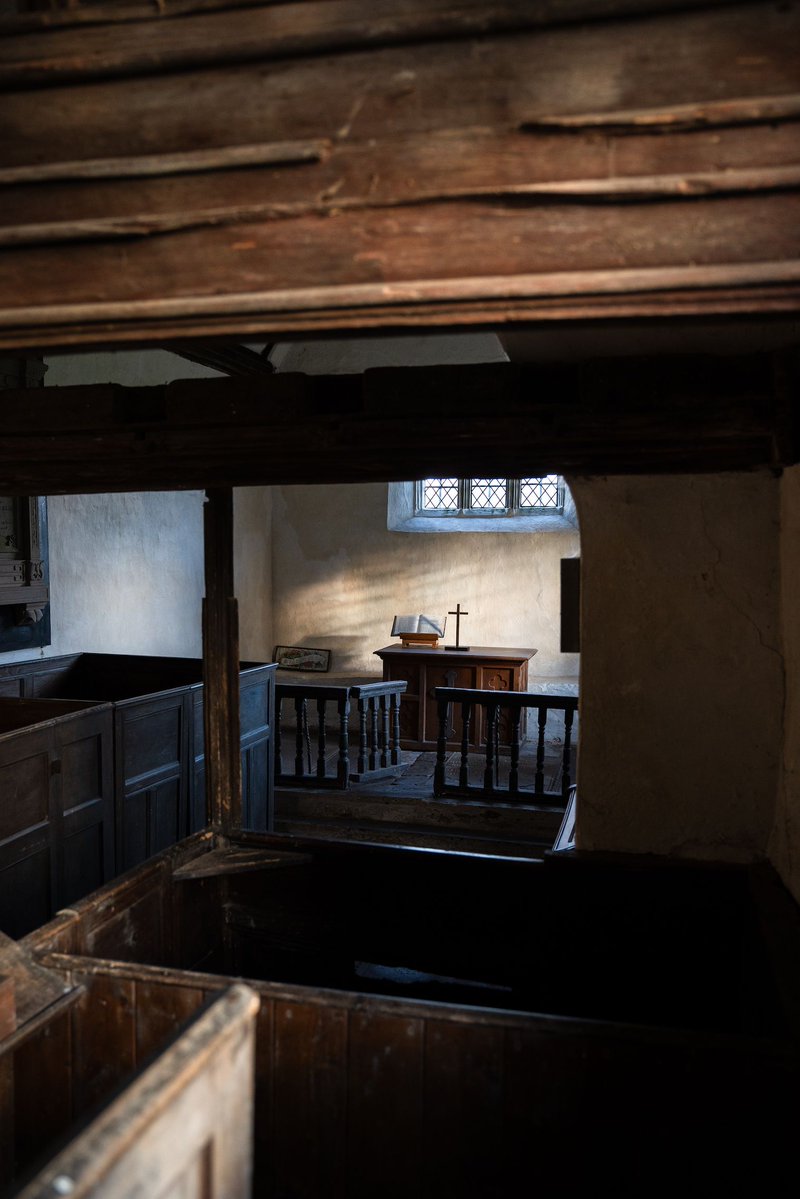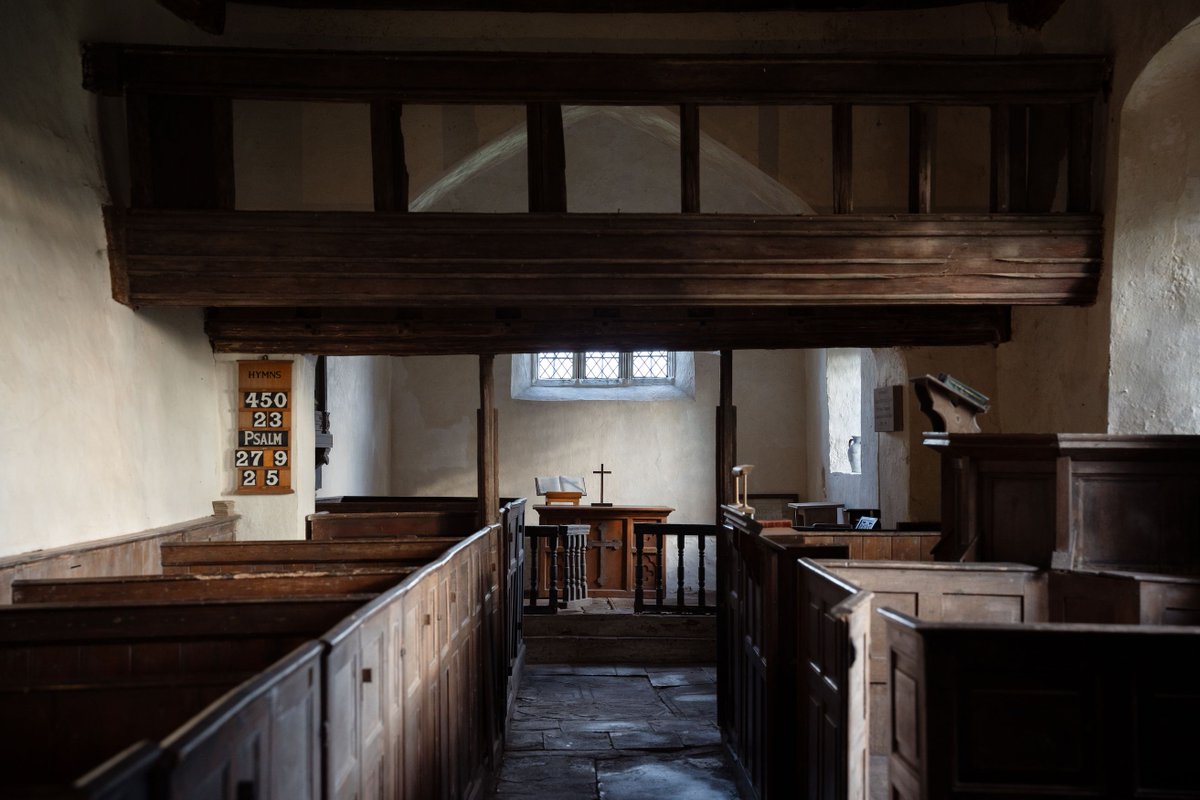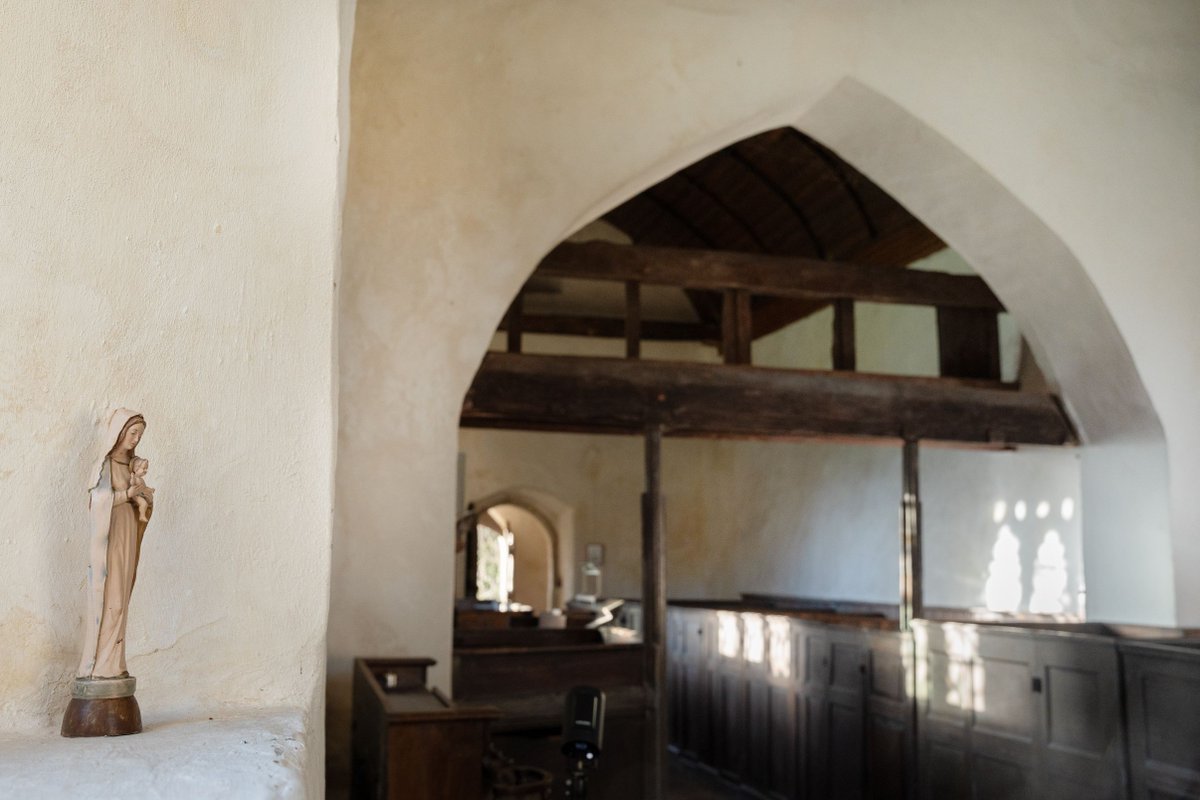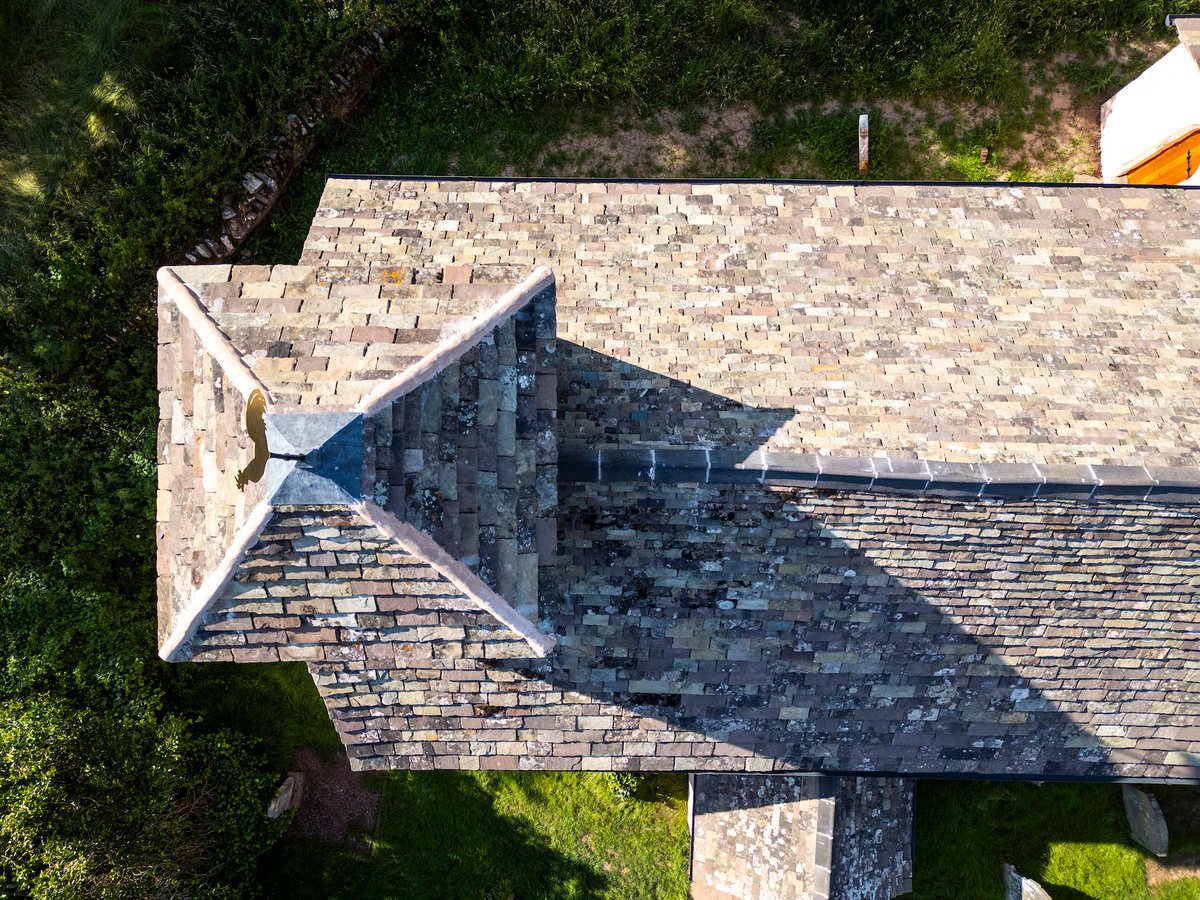Once upon a time, a lonely woman roamed these hills.
Her name was Ellyw. She was a princess, granddaughter of Brychan, Prince of Brycheiniog, but her family insisted she renounce her faith and marry a royal suitor, leaving Ellyw with no choice but to flee her home.
#thread
Her name was Ellyw. She was a princess, granddaughter of Brychan, Prince of Brycheiniog, but her family insisted she renounce her faith and marry a royal suitor, leaving Ellyw with no choice but to flee her home.
#thread

She wandered across the Black Mountains in Powys seeking refuge. At each village she came to, the villagers, who feared her grandfather, refused to help her. Eventually, Ellyw found a small hut on a mountain top near Brecon and secluded herself there.
2/
2/

But Ellyw didn't live happily ever after in her solitude. The prince to whom she had been promised hunted her down. Once he found her, he demanded that she return at once and marry him. But Ellyw was resolute and refused. In a rage, her rejected suitor cut her head off.
3/
3/

Ellyw's severed head tumbled down the mountain. At the spot in the valley below where it came to rest, a spring burst forth from the earth.
4/
4/
A chapel was built at the site of Ellyw's martyrdom, which from the 1100s celebrated a feast in her honour each August, attended by people seeking relief from disease. They sang and danced around the churchyard, acting out the sins they had committed in the previous 12 months.
5/
5/
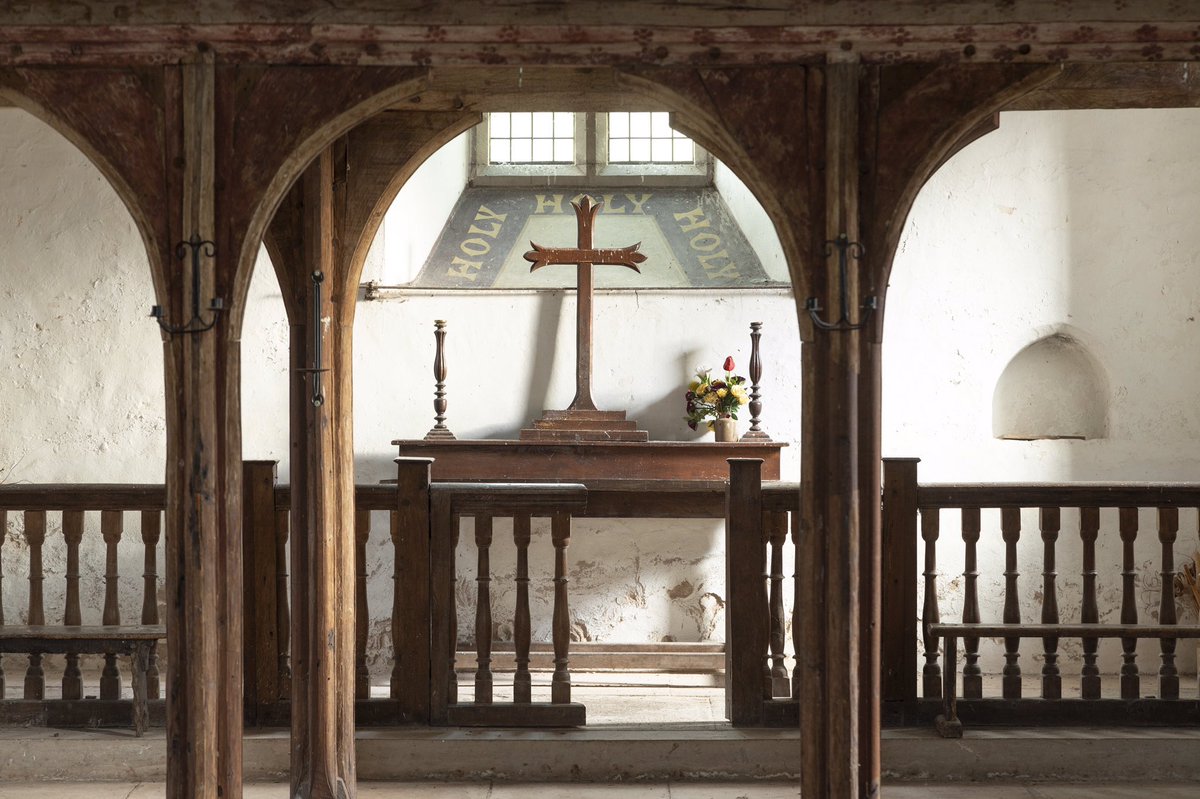
At Cwm Rhyd-Ellywe, the spot where the miraculous spring broke a church dedicated to St Ellyw was built. The current church at Llanelieu, Powys dates back to the 1200s but sits within an oval, walled churchyard indicative of pre- or early Christian origins.
7/
7/

... and in the churchyard are 7th-9th century pillar stones incised with simple Celtic-type crosses.
7/
7/

Read more stories of saints and holy women connected with our churches: friendsoffriendlesschurches.org.uk/story/womens-h…
#WomensHistoryMonth
8/8
#WomensHistoryMonth
8/8
Note: all photos in this thread are of St Ellyw, Llanelieu, Powys. As far as we know, the mountain top chapel at the site of her martyrdom does not survive.
All photos are by the brilliant @fotofacade .
All photos are by the brilliant @fotofacade .
• • •
Missing some Tweet in this thread? You can try to
force a refresh








